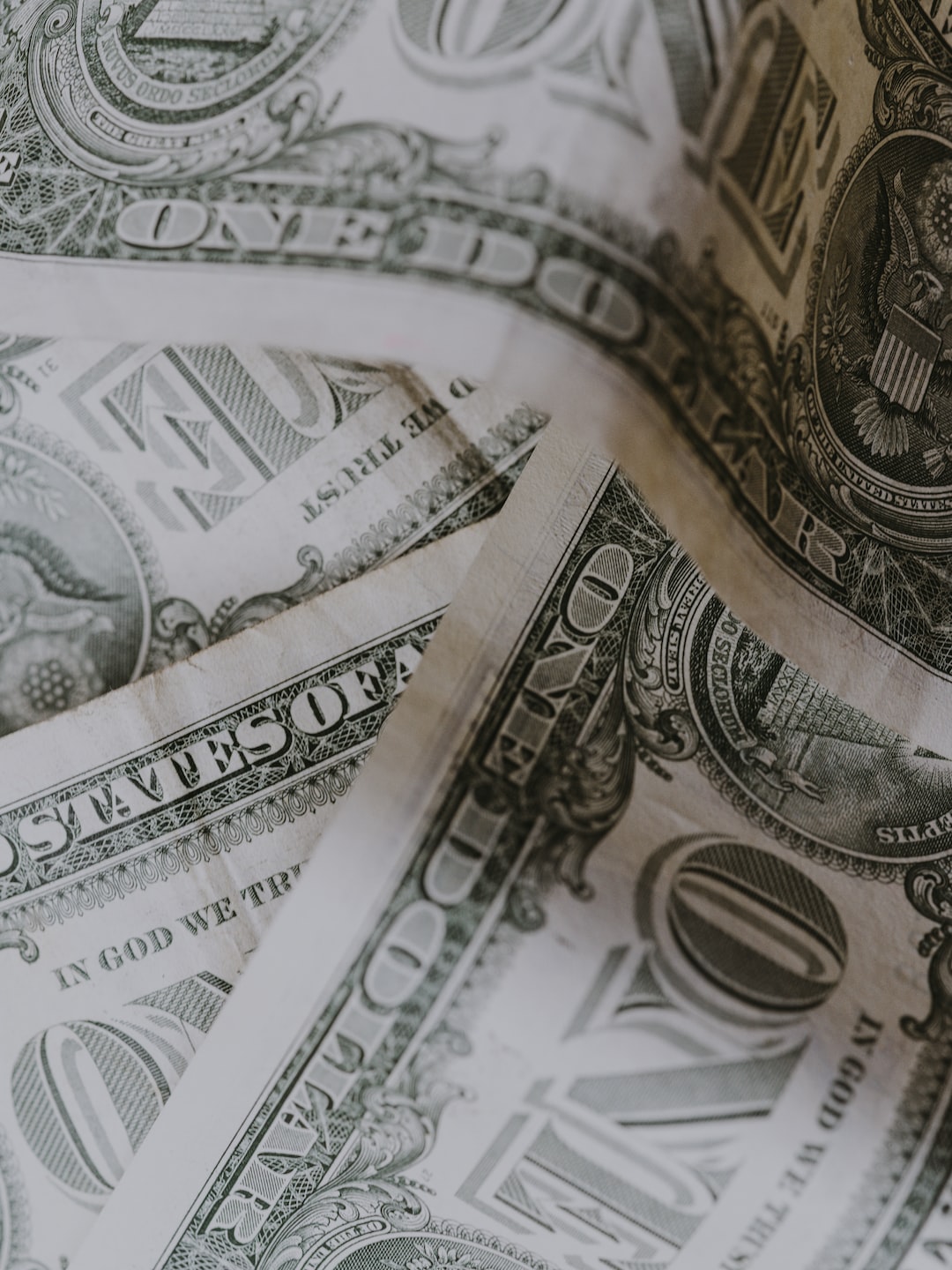The forex market is the largest financial market in the world, with trillions of dollars traded daily. One of the most important factors that affect forex pair prices is interest rates. Interest rates are the cost of borrowing money and the return on lending money. Central banks are responsible for setting interest rates, and they use them to control the economy by influencing spending, investment, and inflation.
In this article, we will explore how interest rates affect forex pair prices, and why traders should pay close attention to this important economic indicator when making trading decisions.
Interest Rates and Currency Prices
Interest rates have a direct impact on currency prices because they affect the demand for a currency. When interest rates rise, investors and traders are attracted to that currency, hoping to earn higher returns on their investments. This increased demand for the currency causes its price to appreciate, making it more expensive to buy.
On the other hand, when interest rates fall, investors and traders are less attracted to that currency, as the potential returns are lower. This decreased demand for the currency causes its price to depreciate, making it cheaper to buy.
For example, let’s consider the relationship between the US dollar and the Federal Reserve’s interest rate. When the Federal Reserve raises interest rates, the demand for the US dollar increases, as investors and traders seek higher returns. As a result, the value of the US dollar appreciates against other currencies, making it more expensive to buy.
Conversely, when the Federal Reserve lowers interest rates, the demand for the US dollar decreases, as investors and traders seek higher returns elsewhere. As a result, the value of the US dollar depreciates against other currencies, making it cheaper to buy.
Interest Rates and Economic Growth
Interest rates not only affect currency prices, but they also have an impact on economic growth. Central banks use interest rates to control inflation, which is the rate at which prices for goods and services increase over time. When inflation is high, central banks raise interest rates to slow down spending and investment, which reduces demand and helps to control inflation.
However, high interest rates can also slow down economic growth, as borrowing becomes more expensive, and businesses and consumers are less likely to invest or spend. Conversely, low interest rates can stimulate economic growth, by making borrowing cheaper, and encouraging businesses and consumers to invest and spend more.
Interest Rates and Central Bank Policy
Central banks use interest rates as a tool to achieve their monetary policy objectives. The Federal Reserve, for example, has a dual mandate to maintain price stability and achieve maximum employment. By adjusting interest rates, the Federal Reserve can influence economic activity, inflation, and employment levels.
When the Federal Reserve raises interest rates, it is signaling that it is concerned about inflation and wants to slow down economic activity. Conversely, when the Federal Reserve lowers interest rates, it is signaling that it is concerned about economic growth and wants to stimulate activity.
Traders and investors pay close attention to central bank policy and interest rate decisions, as they can have a significant impact on currency prices. If a central bank is expected to raise interest rates, traders may buy that currency in anticipation of higher returns, causing its price to appreciate. Conversely, if a central bank is expected to lower interest rates, traders may sell that currency in anticipation of lower returns, causing its price to depreciate.
Conclusion
Interest rates are a key economic indicator that has a direct impact on currency prices. Central banks use interest rates to control inflation, stimulate economic growth, and achieve their monetary policy objectives. Traders and investors pay close attention to interest rates and central bank policy, as they can have a significant impact on currency prices.
By understanding the relationship between interest rates and currency prices, traders can make more informed trading decisions, and better manage their risk. It is important to keep up-to-date with interest rate announcements, and to monitor economic data and central bank policy, to stay ahead of market trends and capitalize on trading opportunities.





